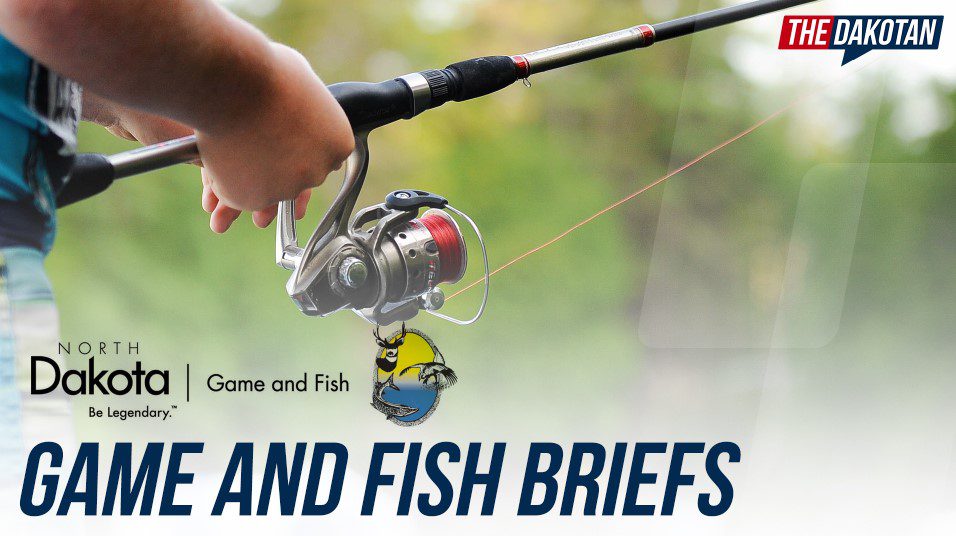

North Dakota’s paddlefish snagging season opens May 1, and snaggers should note the sale and distribution of paddlefish tags are similar to last year.
Paddlefish tags are available for purchase online at the North Dakota Game and Fish Department’s website, gf.nd.gov, at license vendors, and during normal business hours at Game and Fish Department offices in Bismarck, Dickinson, Jamestown, Devils Lake, Lonetree (Harvey) and Williston.
Snaggers buying tags online or at a vendor should plan accordingly and allow for a few days delivery as tags are distributed through the mail.
Deer Gratis Application Online
Landowners interested in a 2023 deer gratis license must apply online by visiting the North Dakota Game and Fish Department website, gf.nd.gov. The deadline for applying is June 7.
General deer and muzzleloader lottery applications will be available online in early May, also with a deadline of June 7.
Gratis applicants who have previously applied online will automatically have their land description forwarded to this year’s application. However, any changes with land descriptions from last year’s application must be made prior to submitting the 2023 application.
Whooping Crane Migration
Whooping cranes are in the midst of their spring migration and sightings will increase as they make their way through North Dakota over the next several weeks. Anyone seeing these endangered birds as they move through the state should report sightings so the birds can be tracked.
The whooping cranes that do travel through North Dakota are part of a population of about 500 birds on their way from wintering grounds in Aransas National Wildlife Refuge in Texas to nesting grounds at Wood Buffalo National Park in Canada, a distance of about 2,500 miles.
Whoopers stand about 5 feet tall and have a wingspan of about 7 feet from tip to tip. They are bright white with black wing tips, which are visible only when the wings are outspread. In flight, they extend their long necks forward, while their long, slender legs extend out behind the tail. Whooping cranes typically migrate singly, or in groups of 2-3 birds, and may be associated with sandhill cranes.
Other white birds such as snow geese, swans and egrets are often mistaken for whooping cranes. The most common misidentification is pelicans, because their wingspan is similar and they tuck their pouch in flight, leaving a silhouette similar to a crane when viewed from below.
Anyone sighting whoopers should not disturb them, but record the date, time, location and the birds' activity. Observers should also look for and report colored bands, which may occur on one or both legs. Whooping cranes have been marked with colored leg bands to help determine their identity.
Whooping crane sightings should be reported to U.S. Fish and Wildlife Service offices at Lostwood, 701-848-2466; Audubon, 701-442-5474; the North Dakota Game and Fish Department in Bismarck, 701-328-6300; or to local game wardens across the state. Reports help biologists locate important whooping crane habitat areas, monitor marked birds, determine survival and population numbers, and identify times and migration routes.
